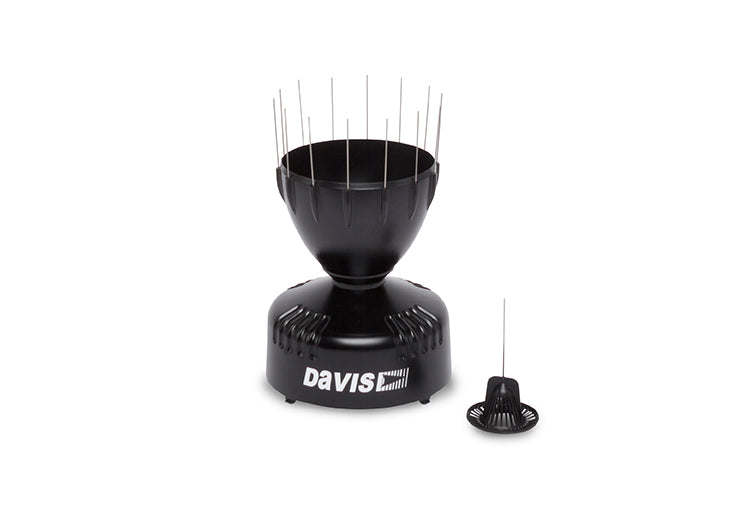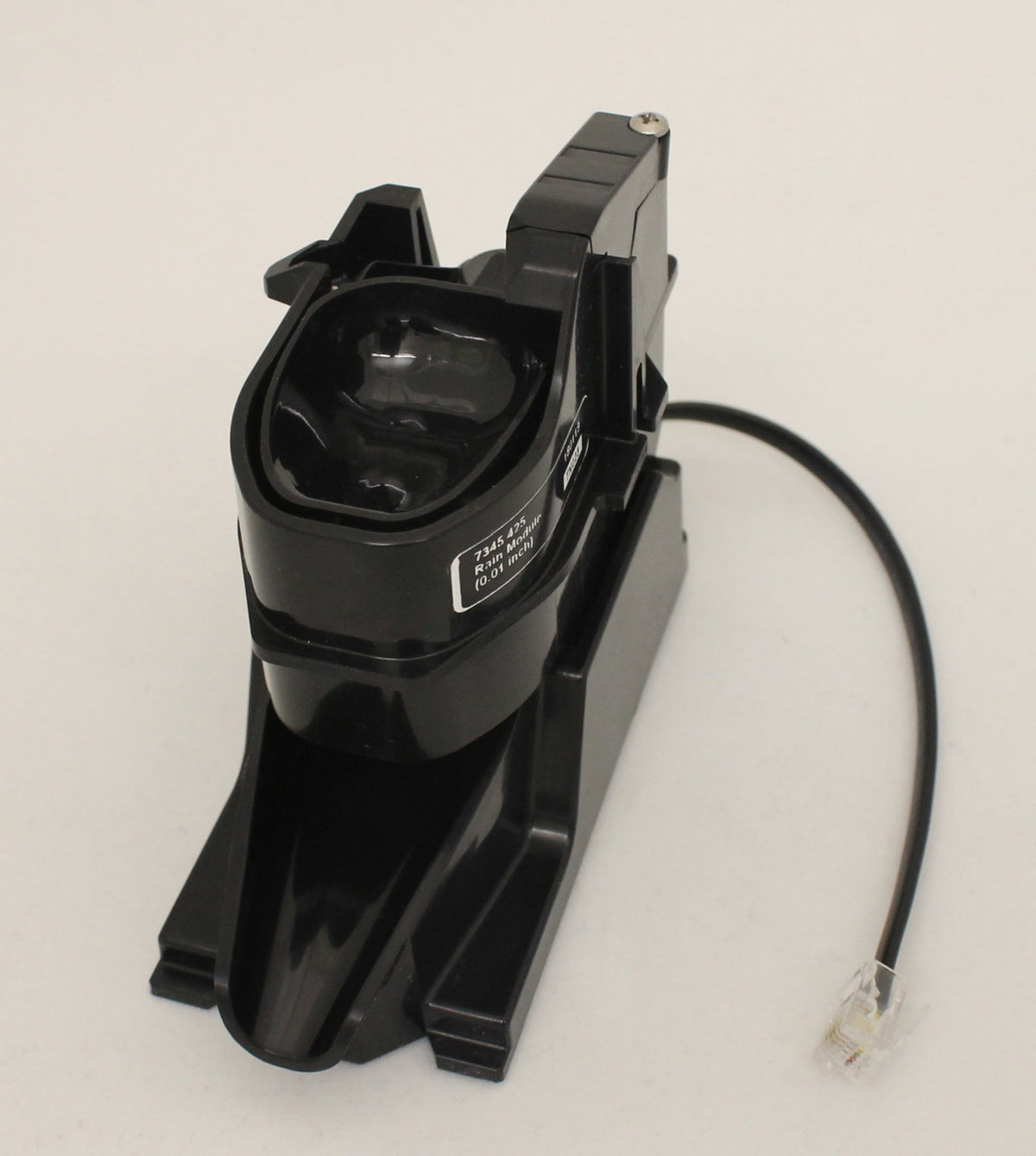Grumpycat
Super Member
I have used Acurite 5-in-1 for over 10 years. Contrary to the claims of a meteorologist here I find the temperature is accurate as long as the unit is not full of cobwebs. The small solar panel powers a fan which keeps the sensor accurate rather than cooked by the sun.
The plastic used is not what one should use for an outdoor appliance. Gets brittle. Perhaps one could varnish a new unit for protection, but one should not have to.
The internet relay Acurite used decades ago really did badly need to be replaced. AcuRite offered a reasonable upgrade program of about $40, else $100 to buy the AcuRite Access outright. Or sometimes one can find the 5-in-1 and Access on Amazon Warehouse for $120. No indoor display.
Have not had battery problems with the AcuRite. Generally go 18 months on AA alkaline. Usually have to clean cobwebs out more often. The fan jams, the rainfall teeter-totter gets tied down.
My current 5-in-1 temperature sensor has corroded, not making good contact, isn’t close to accurate temperature or humidity. $10:for the part, $15 to ship (or vices versa), no thanks.
Last thanksgiving for Black Friday sale I purchased Tempest weather station. No moving parts. Solar powered. Rain sometimes tracks with the AcuRite, sometimes differed. Temperature was close until the AcuRite broke. Usually $340, sale $305, needs a pole to mount on, or a small satellite dish mount can be used, or a purpose made mount for $25.
Both can report to Weather Underground. My Tempest:

The plastic used is not what one should use for an outdoor appliance. Gets brittle. Perhaps one could varnish a new unit for protection, but one should not have to.
The internet relay Acurite used decades ago really did badly need to be replaced. AcuRite offered a reasonable upgrade program of about $40, else $100 to buy the AcuRite Access outright. Or sometimes one can find the 5-in-1 and Access on Amazon Warehouse for $120. No indoor display.
Have not had battery problems with the AcuRite. Generally go 18 months on AA alkaline. Usually have to clean cobwebs out more often. The fan jams, the rainfall teeter-totter gets tied down.
My current 5-in-1 temperature sensor has corroded, not making good contact, isn’t close to accurate temperature or humidity. $10:for the part, $15 to ship (or vices versa), no thanks.
Last thanksgiving for Black Friday sale I purchased Tempest weather station. No moving parts. Solar powered. Rain sometimes tracks with the AcuRite, sometimes differed. Temperature was close until the AcuRite broke. Usually $340, sale $305, needs a pole to mount on, or a small satellite dish mount can be used, or a purpose made mount for $25.
Both can report to Weather Underground. My Tempest:


